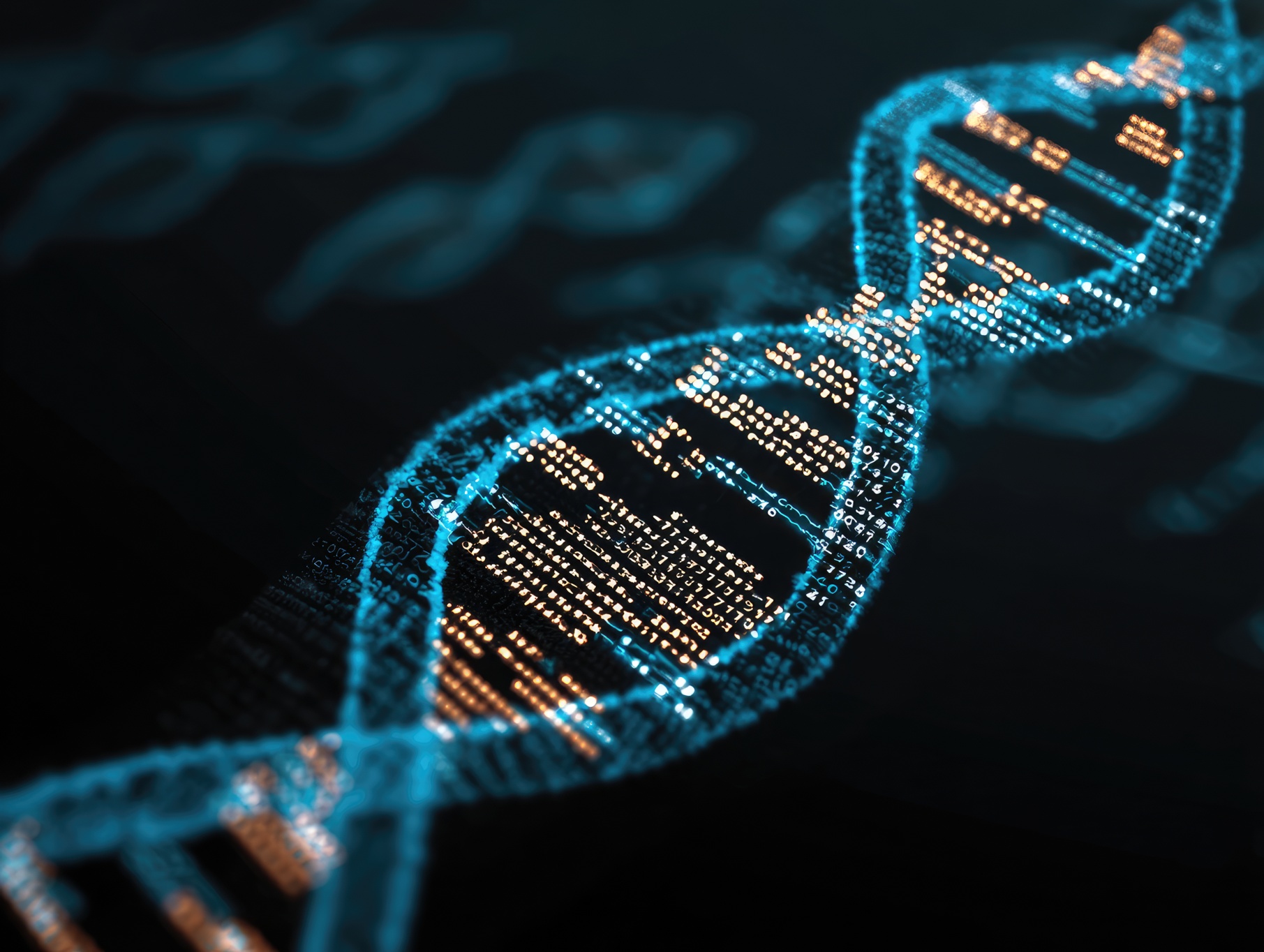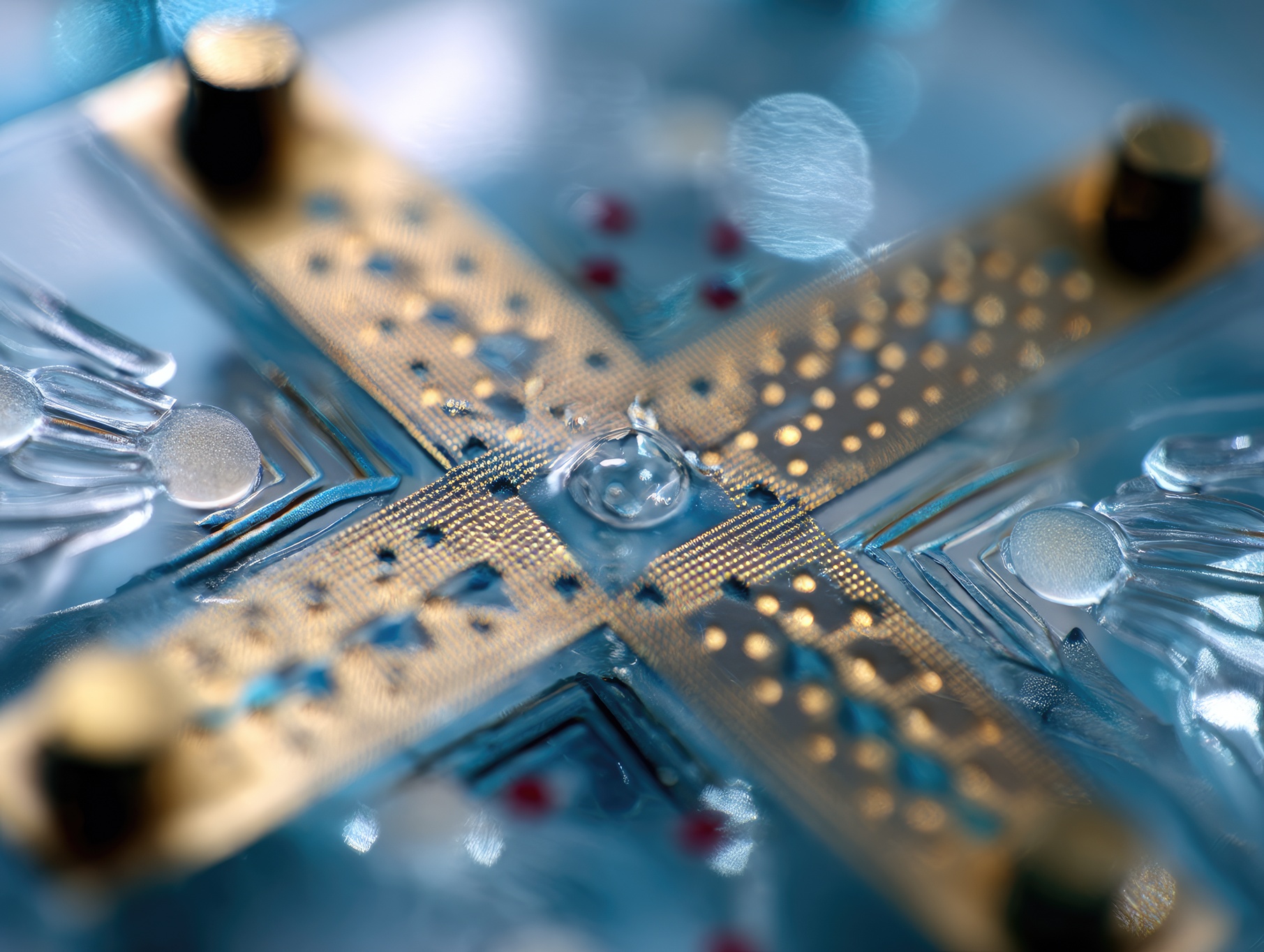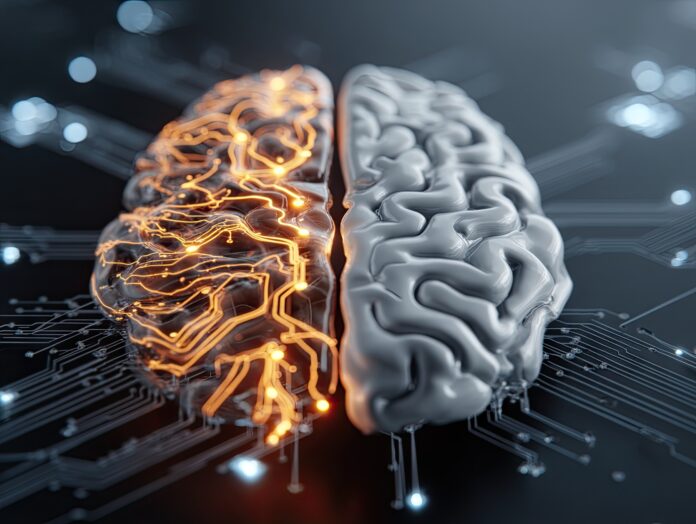While the world is busy chasing faster silicon chips and smarter AI models, a quiet revolution is unfolding in laboratories and startups across the globe. These aren’t your everyday tech headlines. Instead, they involve living cells, organic matter, and neural connections redefining what it means to compute.
These technologies promise to fundamentally change how we interact with machines and process data. Rather than relying only on electrons flowing through silicon, the next wave of computing explores biological mechanisms for storing, transferring, and interpreting information. As research accelerates, we are entering an era where bio-computing innovations could reshape medicine, agriculture, defense, and education.
1. DNA Computing: Programming with Life’s Code
Instead of bits and bytes, DNA computing uses the four-letter genetic code—A, T, C, and G—to perform calculations. This new field taps into DNA’s massive data storage potential and parallel processing ability. A gram of DNA can theoretically store over 200 petabytes of data—enough to hold 50 million DVDs.
Researchers have demonstrated DNA-based logic gates and memory systems. DNA has also been used to solve complex problems like the Hamiltonian path problem, which showcases its vast parallel processing power. DNA is stable and durable, potentially lasting tens of thousands of years when stored correctly.
Scientists are also working on programmable DNA robots. These tiny machines could one day move through the human body, deliver drugs, or repair tissue at a cellular level. In addition, DNA computing is energy-efficient and generates almost no electronic waste.

2. Neuromorphic Computing: Chips That Think Like Brains
Neuromorphic computing aims to mimic how the human brain works. Instead of separating memory and processing like traditional systems, it uses networks of artificial neurons and synapses. Chips like Intel’s Loihi and IBM’s TrueNorth are leading this transformation.
These chips process data in parallel, improving energy efficiency and speed. They can reduce power usage significantly while boosting performance in tasks such as image recognition and decision-making. Neuromorphic systems excel at learning and adapting over time.
They have many uses. These include powering autonomous drones, robotic vision, natural language processing, and cybersecurity tools. Soon, you might find neuromorphic tech in smart cities, wearables, or even your home assistant.
3. Brain-Computer Interfaces (BCIs): Merging Mind and Machine
Brain-computer interfaces (BCIs) are bridging the gap between thought and action. Recent advances have moved BCIs from theory into the real world. Companies like Neuralink, Synchron, and Kernel are creating devices that connect human neurons to computers.
Current uses include helping people with paralysis control devices with their thoughts. Synchron’s implant doesn’t require open-brain surgery and has shown positive results in trials. Patients have been able to send emails and browse the internet using only their minds.
In the future, BCIs could enable brain-to-brain communication or boost memory and mental performance. Some experts believe they could even act as platforms for digital consciousness. These advances might one day merge our minds with machines.
BCIs also raise serious concerns. Ethical, privacy, and safety questions must be addressed as the tech evolves. Still, the potential to transform education, healthcare, and entertainment is immense.
4. Living Computers: Cells as Circuits
Synthetic biology is changing computing by turning living cells into circuits. These biological circuits use DNA elements like promoters and enzymes to act like logic gates.
Scientists have engineered bacteria to detect toxins and light up as a warning. Others respond to inputs with programmed behaviors. Essentially, these cells can make decisions like a basic computer.
This tech could revolutionize personalized medicine. For example, cells might detect disease and release treatment inside your body. In the environment, living computers could monitor air or water quality.
Biological circuits also replicate and heal themselves. They’re cheap to produce and eco-friendly. As a result, they may form the backbone of tomorrow’s sustainable computing systems.
5. Organoid Intelligence: The Rise of Brain-on-a-Chip
Organoid intelligence blends neuroscience, AI, and tissue engineering. Scientists are growing mini brain-like structures called organoids from stem cells. These tiny brains are being trained to solve basic tasks.
One breakthrough saw organoids learning to play Pong by responding to real-time feedback. These organoids showed learning and pattern recognition—hallmarks of simple intelligence.

These living processors could lead to new kinds of AI. Unlike current machines, they would be energy-efficient and adaptive. Possible uses include disease research, drug testing, and low-power computing.
Of course, ethical questions remain. What defines consciousness? Should organoids have rights? These are debates society must address before such tech becomes widespread.
Why This Matters
Moore’s Law is slowing, and silicon is reaching its limits. That makes exploring bio-computing innovations more important than ever. These systems offer a new path—decentralized, adaptive, and in harmony with life.
These technologies aren’t just powerful—they’re human. Bio-computing could bring us machines that create, feel, or even dream. They offer possibilities for intuition and empathy that traditional tech cannot.
They’re also green. Biological computers use less energy, create less waste, and can grow or heal themselves. From wearable health devices to environmental monitors, bio-computing could lead the way to a smarter, cleaner future.
Learning about these technologies now is key. They may not just enhance our lives—they might help define the future of humanity.



